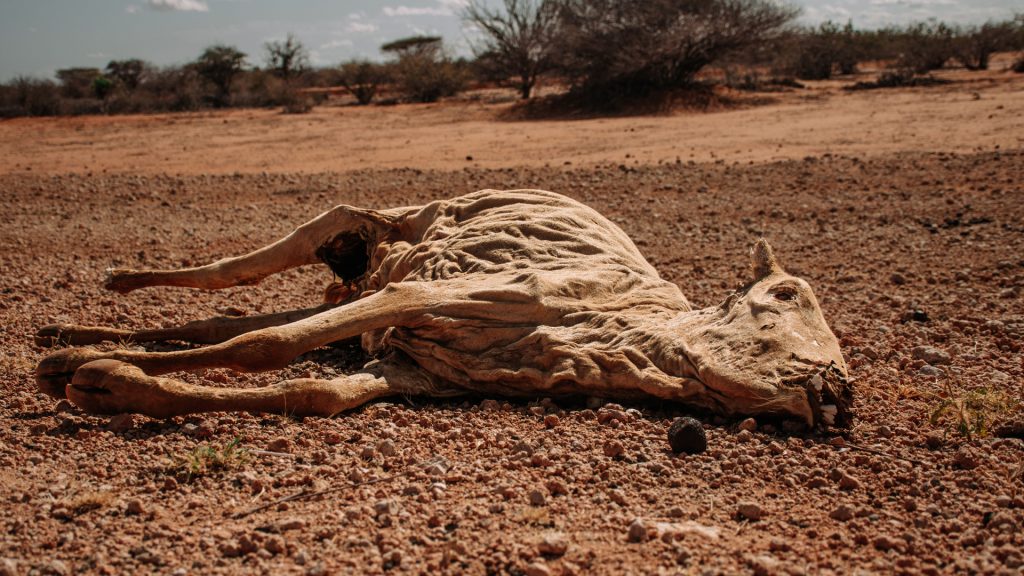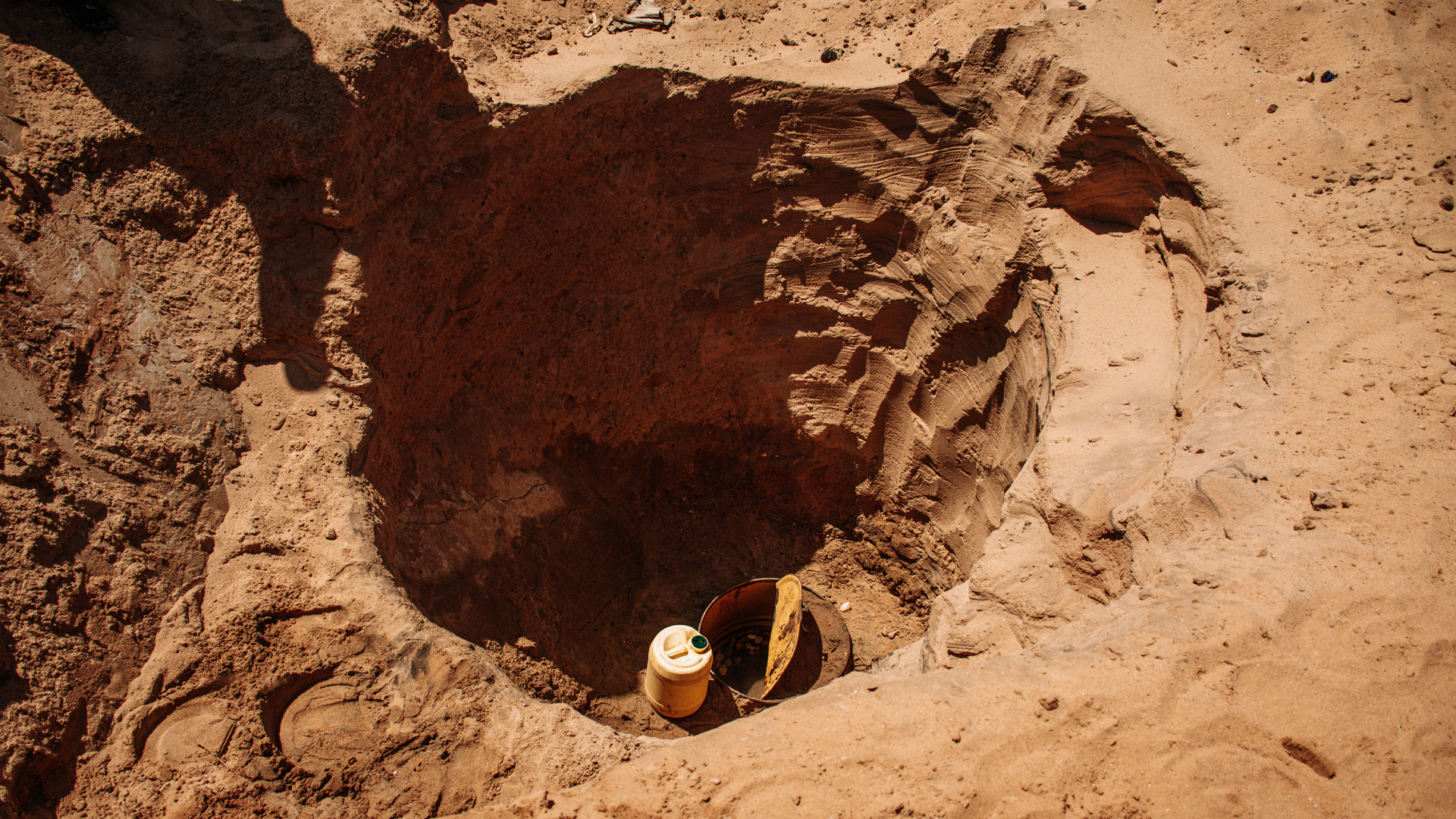Famine explained: What it is and how to prevent it
As of September 2022, Somalia, along with a big part of East-Africa, is on the verge of famine. The circumstances that have led to this situation are a long and difficult drought, the global pandemic, problems caused by the war in Ukraine, as well as local conflicts and terrorist attacks. But what is famine, and is it possible to prevent it? Here are the basic facts on famine:
What is famine?
Famine is a clearly defined state of emergency. The most commonly used classification method is the IPC (Integrated Food Security Phase Classification). Famine is the most severe stage on the five stage IPC scale.
The definition of a famine is a situation where a fifth of households face extreme food shortages, 30 per cent of the population is malnourished and two out of 10 000 people die every day. In other words, the situation must be extremely severe before a famine is declared.
When a famine is declared, people, especially children, are already dying of starvation.
What causes a famine?
A common misconception is that a famine is caused solely by problems in food production, but famine is usually caused by a multitude of problems that converge. A famine can be caused by a combination of any of the following: natural disasters, floods, drought, war or even political decisions.
This is the reason a famine never occurs as a surprise; it is always preceded by a dire food shortage that worsens over time. On the other hand, this also makes it possible to avoid a bad situation worsening into a famine by utilising appropriate countermeasures.
For example, the root cause of the incoming famine in Somalia is a long drought – a drought that has lasted over two years. Additionally, the COVID-19 pandemic and the war in Ukraine has made import of wheat close to impossible. Previously 90 per cent of the wheat in Somalia came from Ukraine and Russia. Since then, import has become close to impossible, leading directly to food insecurity in the area.
The current drought has been long and disastrous. It has already lasted longer than the drought that caused the 2011 famine in Somalia, when over 250 000 people died.
What are the long-term consequences of a famine
Famine and acute malnutrition can lead to death, but it can also lead to ailments and health issues for the rest of a person’s life. Stunted growth, susceptibility to disease and staying underweight are common issues for people who have been malnourished at some point in their lives. They are also more likely to have underweight children or give birth prematurely, making famine an intergenerational issue.
On a societal level famine makes a country prone to conflict and instability, driving people away from their homes. Because famine strikes children the hardest, often leading to child mortality skyrocketing, a famine might create a lost generation. Other vulnerable groups, like pregnant women or people with disabilities, are also highly affected by famine. In addition, instability and lack of resources make the youth susceptible to extremism and recruitment by terrorist organisations.

Can a famine be prevented?
It is possible to prevent a famine. When East-Africa was close to being struck by famine in 2017, the global community assisted the affected countries and the food shortage never developed into a famine. This time around, there has not been that kind of assistance available.
Delaying the assistance until famine is declared is a great problem. When a famine is declared people are already dying. Often, it is also easier to combat the root causes of a famine before the situation gets out of hand. Providing timely assistance can potentially save millions of lives.
What does Finn Church Aid do to prevent the current famine?
Finn Church Aid (FCA) has worked to reach long-term development goals in Somalia and Kenya. In Somalia FCA has provided access to education for children and youth living in conflict areas, as well as working towards peace and reconciliation on a local and national scale.
In this prolonged food shortage crisis FCA has begun to provide cash assistance to internally displaced people. The assistance is directed towards the most vulnerable families, often families headed by women or children, and FCA works hard to ensure that we reach those most in need. The cash assistance given can be used for buying necessities like food, medication or clothes, ensuring the families meeting their most basic needs.
Text: Björn Udd
Photos: Dennis Otieno and Kevin Ochieng
